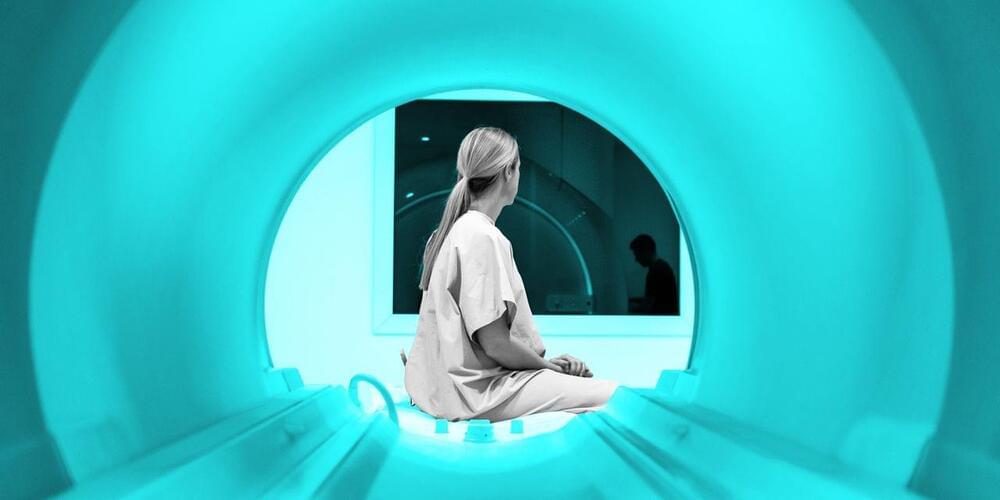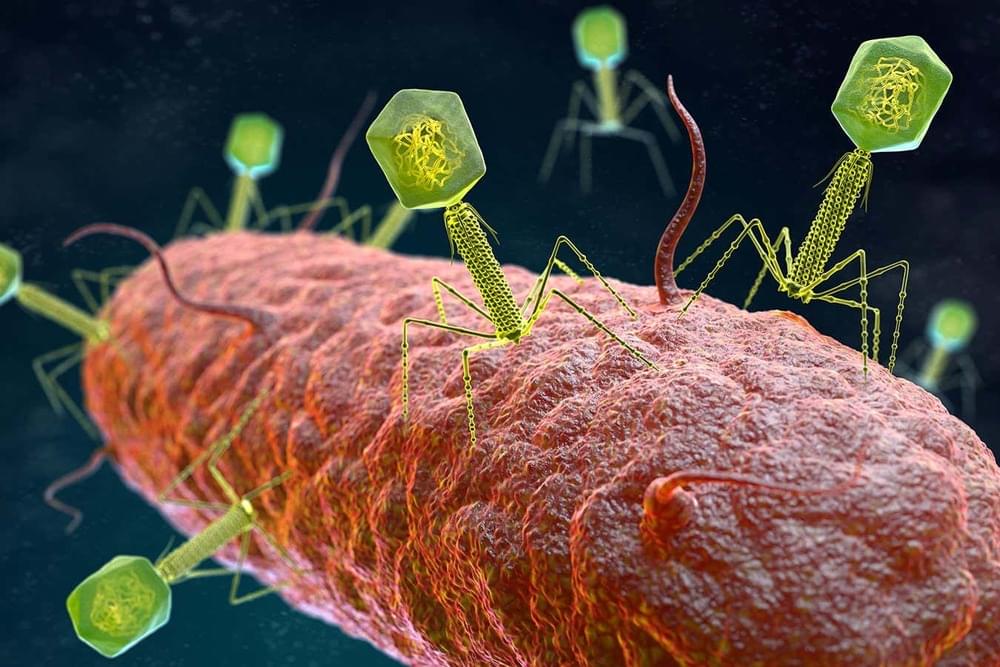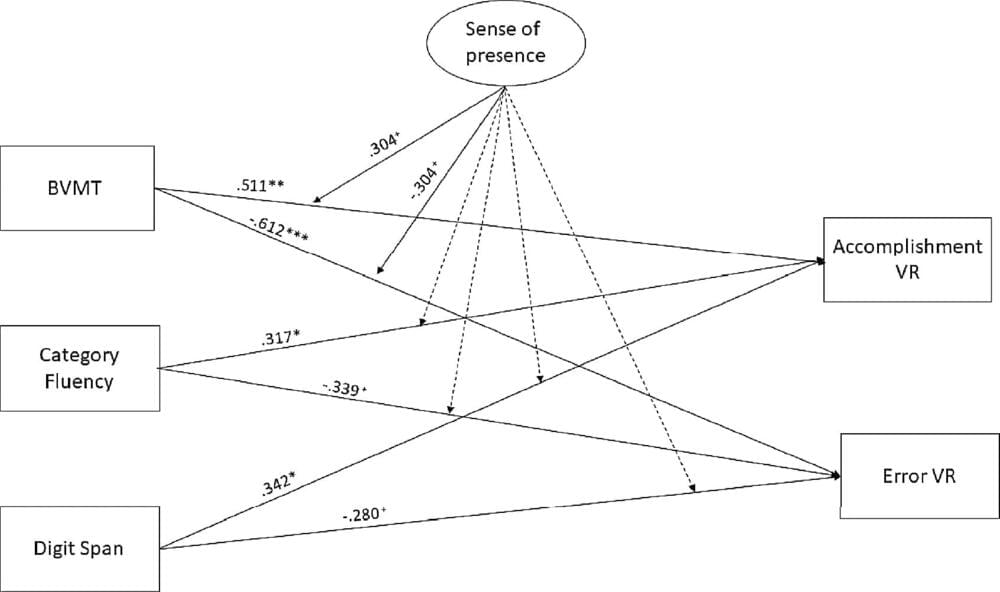Diamond has long been the preferred material for quantum sensing, but its size limits its applications. Recent research highlights hBN’s potential as a replacement, especially after TMOS researchers developed methods to stabilize its atomic defects and study its charge states, opening doors for its integration into devices where diamond can’t fit.
Diamond has long held the crown in the realm of quantum sensing, thanks to its coherent nitrogen-vacancy centers, adjustable spin, magnetic field sensitivity, and capability to operate at room temperature. With such a suitable material so easy to fabricate and scale, there’s been little interest in exploring diamond alternatives.
However, this titan of the quantum domain has a vulnerability. It’s simply too large. Much like how an NFL linebacker isn’t the top pick for a jockey in the Kentucky Derby, diamond falls short when delving into quantum sensors and data processing. When diamonds get too small, the super-stable defect it’s renowned for begins to crumble. There is a limit at which a diamond becomes useless.









